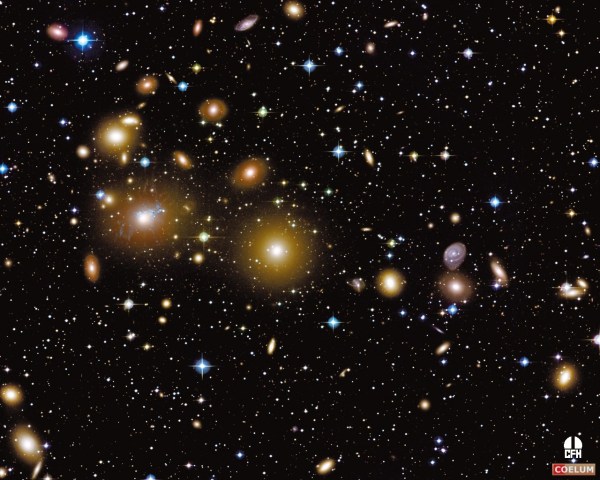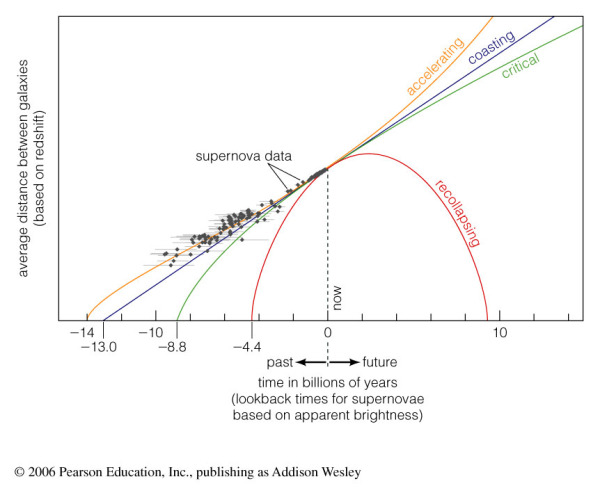“Some say the world will end in fire,
Some say in ice.
From what I’ve tasted of desire
I hold with those who favor fire.
But if it had to perish twice,
I think I know enough of hate
To say that for destruction ice
Is also great
And would suffice.” -Robert Frost
Sure, it's getting colder and colder all over the northern hemisphere, as the cold season of winter approaches. But we can be fairly confident that this won't be the case forever: the Earth will tilt its northern hemisphere back towards the Sun, and warmer weather, after a few months, will ensue once again.
 Image credit: Jean-Charles Cuillandre (CFHT) & Giovanni Anselmi (Coelum Astronomia), Hawaiian Starlight.
Image credit: Jean-Charles Cuillandre (CFHT) & Giovanni Anselmi (Coelum Astronomia), Hawaiian Starlight.
If only that were true for our Universe! It's getting colder and colder, and there's no respite in the foreseeable future. In fact, it looks like this is a problem that's not only getting worse and worse, it's getting worse at a faster rate!
- Log in to post comments


Ethan, I have a question: How long do we expect to have viable stellar energy sources in our local group?
By "viable" I mean: stars or what's left of stars (such as brown dwarfs), that radiate sufficient energy that it could be captured by planets, by inhabited Dyson spheres, or by largely-uninhabited Dyson rings and then converted to lasers to beam to inhabited rogue planets.
The purpose of which would be: Assume intelligent life with sufficient tech to build Dyson rings around brown dwarfs. How long could intelligent life persist in the local group under those conditions?
Note, BBC News had an article with a timeline in which they said that the estimated lifespan of stars in our universe, in aggregate, was in the range of 100 - 200 trillion years before the last stars were no longer producing energy.
This is all fascinating. Really it is. I am considering going back to school (53 yro) and getting a PhD in astronomy or some form of physics. And, while I find this stuff enthralling, the pragmatist say, "yeah, great. We won't be here to see any of it." What can I say? I'm an optimist.
You ignore the importance of negative energy provided by the momentum of an object pointing opposite its motion. Then a totally different scenario emerges. At an ultimate sub-quantum reality both annihilation to the void and creation from it occur to result in a net creation going on everywhere. This specifies an accelerating expansion: see pearsonianspace.com having nothing to do with anti-gravity